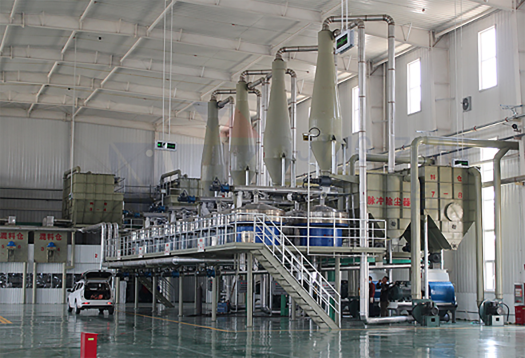
sep . 22, 2024 02:59 Back to list
hydroxypropyl methyl cellulose ether
The Significance of Hydroxypropyl Methyl Cellulose Ether in Modern Applications
Hydroxypropyl Methyl Cellulose (HPMC) Ether is a versatile compound widely used in various industries, including construction, pharmaceuticals, food, and cosmetics. Due to its unique properties, HPMC has gained considerable attention for its ability to enhance the performance of various formulations, making it a staple ingredient in many applications.
Structure and Properties
HPMC is a cellulose derivative that is modified to improve its solubility and functionality. The substitution of hydroxyl groups with hydroxypropyl and methoxy groups gives HPMC its distinctive characteristics. It is a white powder that is odorless and tasteless, and when mixed with water, it forms a clear, viscous solution. This solubility in cold water, along with its thermal stability, makes HPMC a useful thickening agent and binder in various formulations.
Applications in Construction
One of the most significant applications of HPMC is in the construction industry, where it is used as an additive in cement and tile adhesives, wall putties, and mortar. The incorporation of HPMC enhances the workability and adhesion of these materials. Additionally, it helps improve water retention, allowing for longer working times and reducing the risk of cracking during the drying process. Its use in construction not only leads to improved performance but also contributes to the overall durability of the materials.
Role in Pharmaceuticals
hydroxypropyl methyl cellulose ether

In the pharmaceutical sector, HPMC is widely utilized as a drug excipient. It serves various functions, including as a controlled-release agent, binder, and thickening agent in formulations such as tablets, capsules, and topical gels. HPMC enables the modulation of drug release rates, thereby improving therapeutic efficacy and patient compliance. Its non-toxic and biocompatible nature makes it suitable for various pharmaceutical applications, including over-the-counter medications and prescription drugs.
Food Industry Applications
In the food industry, HPMC is recognized for its role as a food additive. It is commonly used as a thickener, emulsifier, and stabilizer in sauces, dressings, and desserts. Its ability to form gels and improve texture enhances the overall sensory experience of food products. Moreover, HPMC is often employed in gluten-free formulations, providing the necessary structure and consistency that is typically obtained from gluten-containing ingredients.
Cosmetics and Personal Care
HPMC’s versatility extends to the cosmetics and personal care industry, where it is used in creams, lotions, and shampoos. Its thickening properties enhance the texture and stability of cosmetic formulations, while its ability to form films aids in improving product performance. HPMC is also valued for its moisturizing properties, making it a popular ingredient in various skincare products.
Conclusion
Hydroxypropyl Methyl Cellulose Ether is a multifaceted compound with applications spanning numerous industries. Its unique properties, such as solubility in cold water, thickening ability, and biocompatibility, make it an essential component in formulations ranging from construction materials to pharmaceuticals and food products. As research and development continue to explore new uses for HPMC, its significance in enhancing product performance and consumer satisfaction will likely grow, underscoring its role as a valuable ingredient in modern applications.
-
tile-bonding-additives-for-stronger-bonds
NewsAug.22,2025
-
construction-grade-rdp-for-wholesale-needs
NewsAug.22,2025
-
trusted-wholesale-hec-partners
NewsAug.22,2025
-
hec-solutions-for-industrial-excellence
NewsAug.22,2025
-
construction-additives-need-hpmc-essentials
NewsAug.22,2025
-
hpmc-versatile-cellulose-ether-for-industries
NewsAug.22,2025







